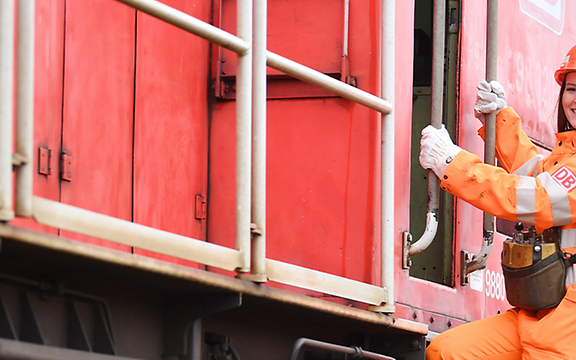DB Cargo talks to Uwe Clausen, transport logistics expert
The head of the Institute of Transport Logistics at the Technical University of Dortmund’s argument in support of private sidings.
How important are private sidings for today's manufacturing companies?Private sidings are an important part of many companies' strategies across different industries, though smaller sidings can sometimes struggle to cope with demand if overall conditions are challenging. We've learned this from a network of owners of private sidings who have formed knowledge-sharing groups. However, since many companies are interested in private sidings, we were pleased that the Association of German Transport Companies' sidings charter and the German Ministry of Transport and Digital Infrastructure's Rail Freight Master Plan initiated a range of important measures.

Prof. Dr.-Ing. Uwe Clausen is head of the Institute of Transport Logistics at the Technical University of Dortmund. Copyright: Andreas Oertzen
What is the future of private sidings? Private sidings are extremely important for several sectors: metals and coal, automotive, and chemicals. In addition to these industries, we are also seeing freight forwarders build or extend their own private sidings. Once they link to the rail network, companies automatically have access to multiple modes of transport, which gives them a strategic competitive advantage. Although more progress still needs to be made on digitalisation, the flow of information and sustainability so modern logistics chains can function properly, work has already started in all these areas.
What is the aim of the newly available funds for constructing, upgrading and reactivating private sidings? Companies in the manufacturing and logistics sectors need to be able to make use of these funds faster even if they don't have extensive experience with railways. The focus has to be on making effective logistics-related investments, i.e. modernisation with simpler, faster processes.





